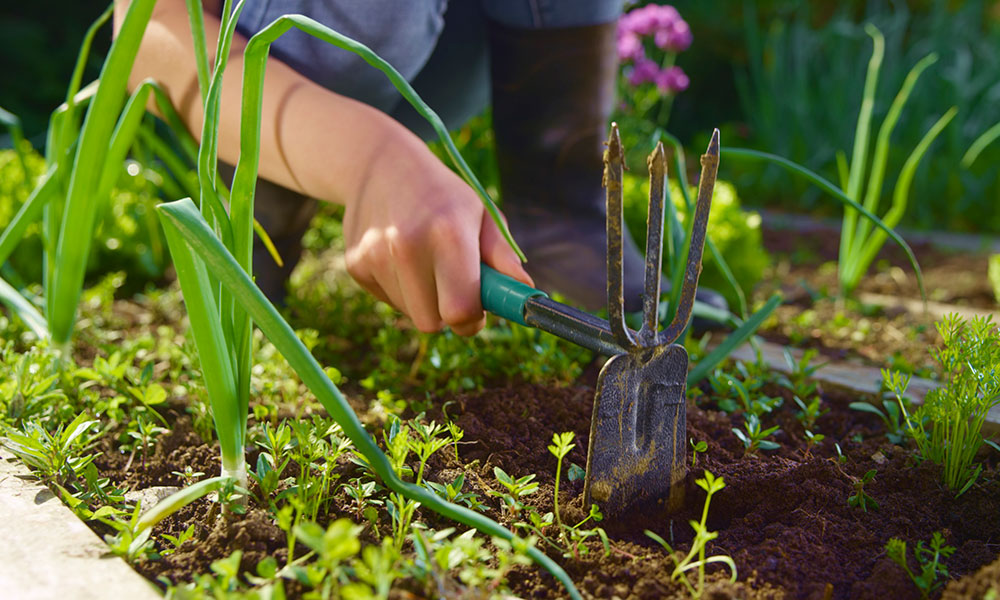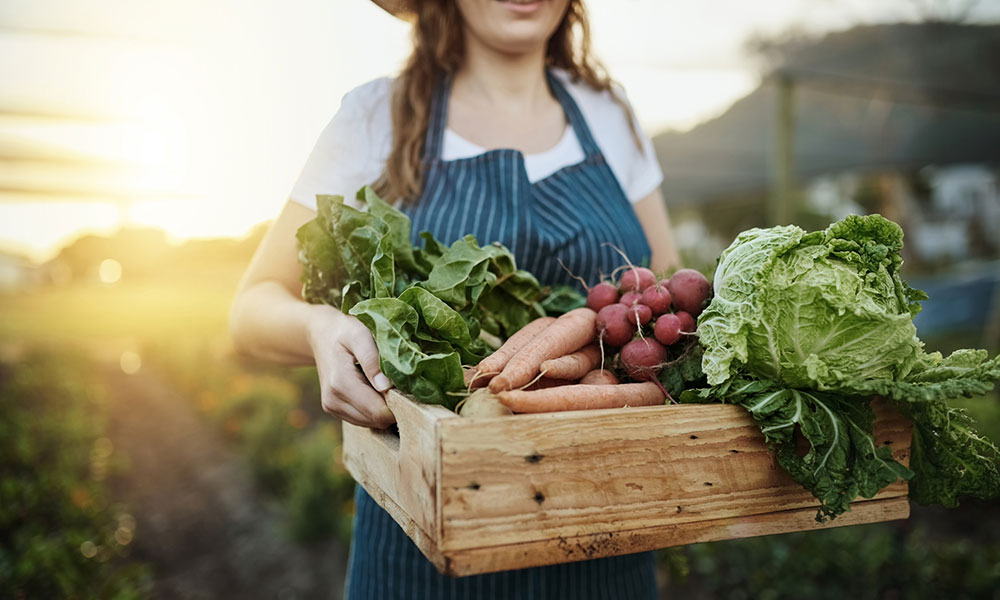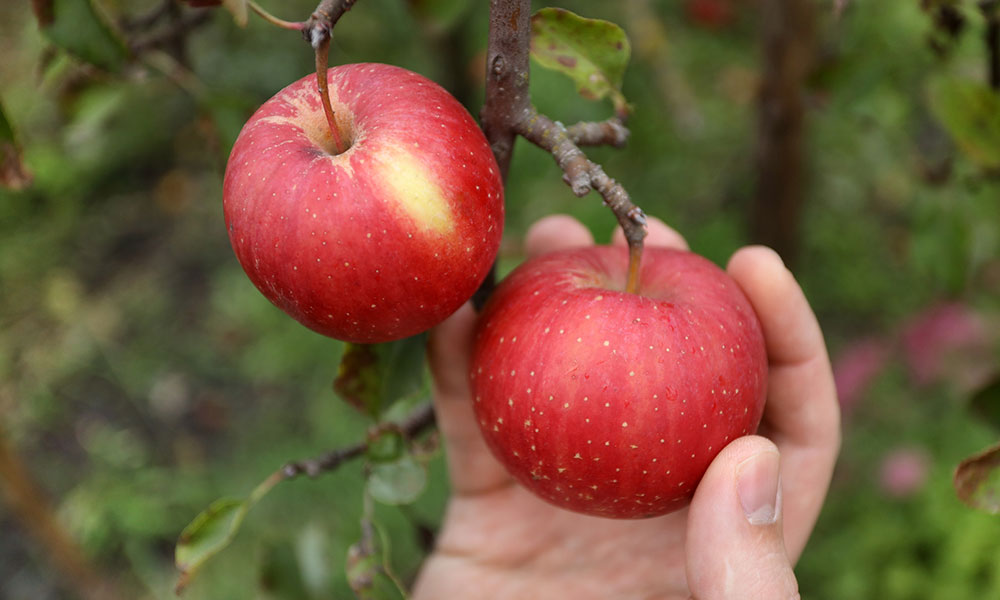“Muscles that you don’t know you had start hurting”
Motivated by high food costs or just a love of freshly picked fruits and vegetables, Canadians of all ages are dedicated gardeners. One recent survey put the proportion of greenthumbs nationally at 63%, and higher still in Alberta, at 67%.
Chances are good that 100% of those have woken up the next day to aches and pains that come with seeding, watering, weeding and harvesting.
“Muscles that you don’t know you had start hurting,” says 46 64 Fitness owner and trainer Ruth MacGillivray (Personal Fitness Trainer ’21). “It’s universal. When I was younger, I would still feel it. Someone who is more sedentary is going to feel it. Even a marathon runner is only using certain muscle groups.”
And those are not the gardening muscle groups – at least, not used the same way. The solution is a simple routine featuring stretches that mimic all that seeding, watering, weeding and harvesting, along with following a few guidelines for gentler gardening.
To keep from sowing the seeds of delayed onset muscle soreness, here are MacGillivray’s recommendations.
Stretch

Every part of your body will be put to work in helping your garden grow. Before you start, limber up by spending 30 seconds on each of the following movements:
- Shoulders – Start with wide circles, then switch to reaching for invisible fruit, first above your head then across your body in front of you.
- Legs – Prepare for the ups and downs of an afternoon in the garden with sets of lunges and squats. For looser ankles, get up on your toes a few times, then switch to lifting them with your heel staying planted.
- Back – Bend slightly at the knees then hinge forward at the hips toward your toes to open up the muscles around the spine.
Once the work is done (and even during, if you’ve committed to a long day), focus on the following:
- Shoulders and arms – Straighten one arm and cross it over your body toward the opposite shoulder, hooking it toward you with the other arm crooked upward at the elbow.
- Legs – Hinge at the hips and straighten one leg, its toes lifted toward you. Bend slightly toward those raised toes.
- Back – Lie on your back and bring your knees toward your chest, using your arms to pull them closer.
In all cases, says MacGillivray, “You should only stretch until you feel it.” Don’t risk a strain by pushing or pulling beyond that point.
Strengthen

Simple exercises done between gardening sessions will make for lighter work. MacGillivray has her own clients focus regularly on the following:
- Core – This expansive muscle group plays a role in every move you make in the garden. Make it stronger by raising one leg, bent at the knee, then slightly bend the knee of the supporting leg. Keep your back straight, tighten your glutes and hold.
- Wrists – Wrists play a significant supporting role when you kneel and make a hand free to plant or pluck. Build strength by curling them toward you while holding a weight such as spade. Do one set with palms facing up and another with palms down.
Work smarter

Prevention should be part of every grower’s strategy to stay healthy. In many cases, that involves little more than garden-variety common sense – which can be forgotten in the heat of the midsummer sun. Here are MacGillivray’s reminders:
- Stay in your comfort zone – Don’t reach beyond your grasp. Move to where the work is rather than stretching toward it and throwing off your centre of gravity. Do that and “all of your muscles are going to tense up,” says MacGillivray, which could lead to a strain.
- Follow the 30-minute rule – After half an hour of doing one chore, “take a break and do something different. If you’re there for hours you’re going to feel it later.” Overhead work, like apple picking, is an exception. More than five to 10 minutes will lead to a sore neck and shoulders. Spend most of your 30 minutes on lower-hanging fruit, “or shake the tree and pick them up off the ground,” says MacGillivray with a laugh.
- Quit even if you’re not ahead – You really want to get all those potatoes hilled, but they’ll still be in the ground tomorrow, safe and sound. Will the same be said for your muscles if you push past that half-hour? “Know when to stop,” says MacGillivray. “Just like if you run too far or lift too much, you’re going to pay for it.”
- Factor in the fringe benefits – MacGillivray knows there’s more that we get from our gardens than just dinner. “It’s a really good time for me to think, or not think. You can just go out to the garden and pick a weed and you don’t have a care in the world. It’s good for you mentally as well as physically.” Stay healthy enough to be able to keep at it. “You’re outside, it’s summer. Enjoy what you’re doing.”
Banner image by piranka/istockphoto.com